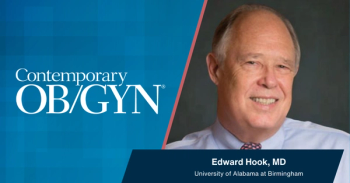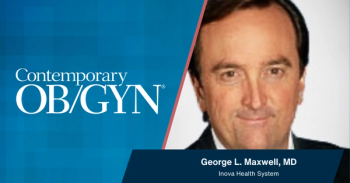
Hereditary cancer: Counseling women at risk
Decades before genetic testing entered practice, clinicians recognized that certain families had an undue burden of breast and ovarian cancer, often featuring early-onset cases and male breast cancer.
Key Points
Decades before genetic testing entered practice, clinicians recognized that certain families had an undue burden of breast and ovarian cancer, often featuring early-onset cases and male breast cancer. In the mid-1990s, linkage analysis in these breast and ovarian cancer families enabled the identification of BRCA1 and BRCA2, genes that normally function in DNA repair.
Mutations in BRCA1 and BRCA2 (BRCA1/2) account for 75% of families with dominantly inherited breast and ovarian cancer, and 5% to 10% of all breast and ovarian cancers in the United States.1 Mutations in TP53, PTEN, STK11, CDH1, and the Lynch syndrome-associated genes account for a smaller proportion of heritable breast and ovarian cancer. These genes, like BRCA1/2, follow an auto-somal dominant inheritance pattern.
Cancer genetic counselors use pedigree analysis and clinical indicators to assess the probability that a patient carries a heritable mutation, to determine appropriate testing strategies among an increasingly complex array of commercially available assays, and to interpret results and guide medical recommendations. Simultaneously, genetic counselors attend to the impact of genetic test results on patients and their families (see, "Genetic counseling's critical role in managing hereditary cancers").
Hereditary breast and ovarian cancer
Hereditary breast and ovarian cancers are primarily caused by BRCA1/2 mutations, with a prevalence of 1 in 300 to 1 in 800 among the general population and 1 in 40 in Ashkenazi Jewish individuals.1-3 Female BRCA1/2 mutation carriers have lifetime breast cancer risks of 40% to 66% and ovarian cancer risks of 13% to 46% (compared with US averages of 12% and 1.5%, respectively), with these cancers frequently occurring before age 50 years.4
Earlier age at initial breast cancer diagnosis increases lifetime risk for a second primary breast cancer (range, 19%-63%).5 Additional risks include male breast cancer (range, 1%-7%), prostate cancer, and pancreatic cancer, all of which are greater with BRCA2 than with BRCA1 mutations.6-8
Lynch syndrome
Lynch syndrome (LS), also known as hereditary nonpoly-posis colon cancer and Muir-Torre syndrome, conveys a high risk for colon cancer. Additionally, this syndrome includes significantly elevated lifetime risks for ovarian and endometrial cancers of up to 12% and 60%, respectively.9 LS usually is caused by a mutation in one of the DNA mismatch repair genes (ie, MLH1, MSH2, MSH6, or PMS2). Other findings in LS include sebaceous skin lesions; gastric, ureteral, biliary, and pancreatic cancers; and glioblastoma.10,11
Li-Fraumeni syndrome
Li-Fraumeni syndrome (LFS) is associated with germline mutations in the tumor suppressor gene TP53, which cause a highly penetrant predisposition to develop sarcomas as well as early-onset breast, brain, adrenocortical, and other cancers. People with LFS have an absolute risk for developing any cancer of approximately 50% by age 30 years and 90% by age 60 years.12 LFS accounts for up to 1% of US breast cancer cases; such cancers may have a distinctive phenotype, expressing hormone receptors and HER2/neu.13,14 The de novo mutation frequency is estimated at 7% to 20%, such that TP53 testing may be appropriate for selected patients in the absence of a family cancer history.15
Newsletter
Get the latest clinical updates, case studies, and expert commentary in obstetric and gynecologic care. Sign up now to stay informed.










